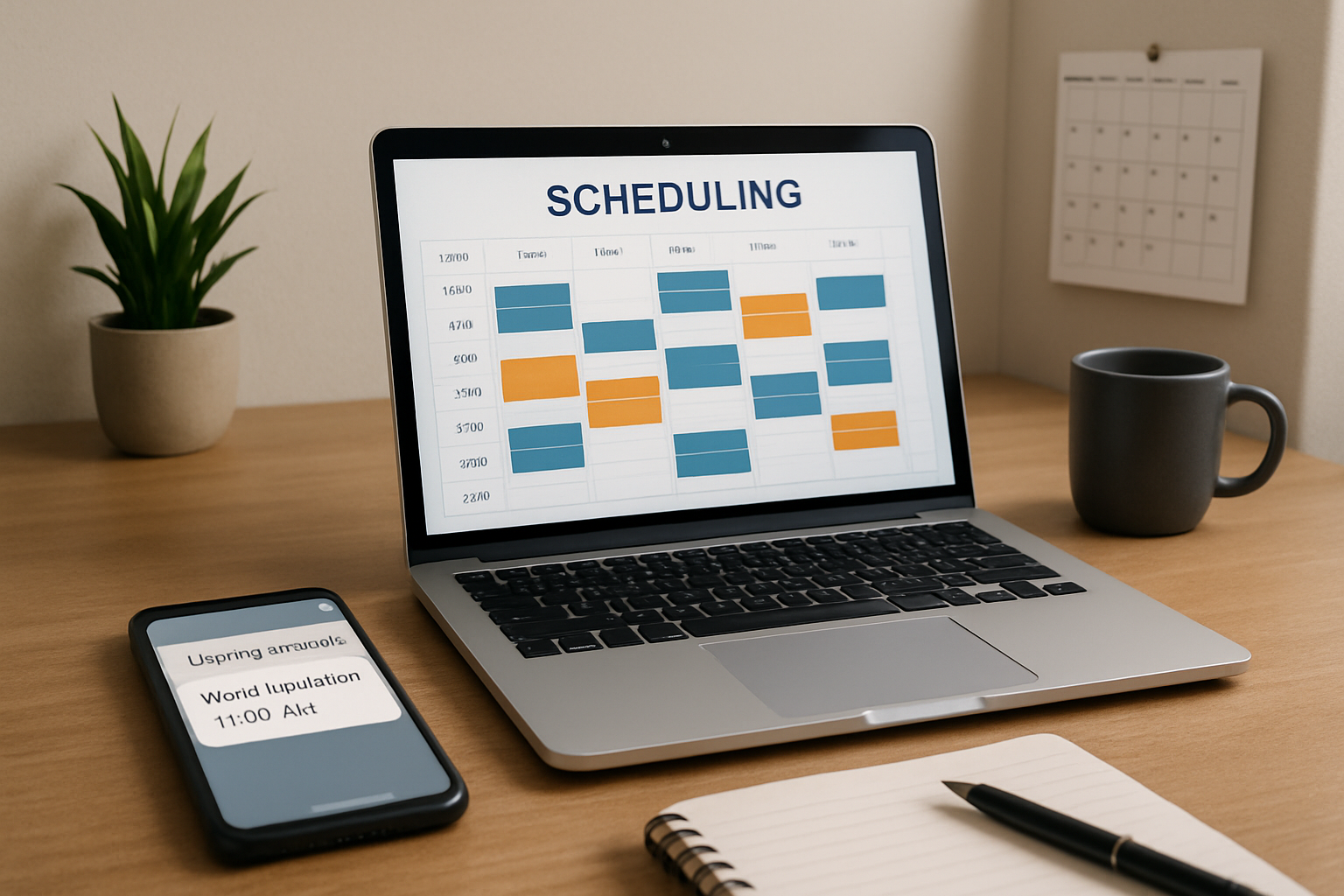What is Average Handling Time and Why is It Important to Track?
How vital is excellent call center service? Considering 88% of customers report that they want to speak with a human to resolve a customer service issue, it’s clear that an effective, efficient call center with effective remote tech support software is vital to the success of your customer service efforts.
Let’s examine a scenario: Your call center phone lines are swamped. Customers are waiting on hold for nearly an hour before they’re able to speak to a service agent. By the time they get a hold of one of your agents, they’re already frustrated. As a result, the customer is hostile, and your service agent has to spend time soothing them before beginning to resolve their issue. What is the root issue here? I’ll give you a hint: It’s not the volume of calls coming in.
When examining your call center performance and customer support efforts, one vital metric you can’t ignore is Average Handling Time. This post will go over the basics of Average Handling Time, including how to measure it, why it’s important, and some tips for reducing Average Handling Time in your call center.
Defining Average Handling Time
Before we dive into why Average Handling Time is important to the success of your call center, let’s agree on a definition. When we discuss Average Handling Time, we refer to the duration of a single customer’s call to your service line.
What’s the catch?
This calculation begins when your customer dials your service line and ends when they have a resolution. That’s right: All the time your customer spends on hold, being transferred, and navigating your phone tree is included in this calculation. If the service agent needs to perform any work after hanging up to follow up and finish resolving the customer’s issue, you should include that time in your calculation.
As a note, Average Handling Time is often confused with First Call Resolution (FCR). The two metrics are not the same, though a higher success rate with FCR will generally result in lower Average Handling Time.
In short, Average Handling Time is a metric that allows you to gain a clear picture of how long it takes a single customer to receive a resolution from your customer service line.
Related Read: Solve Customer Service Issues 10x Faster with Remote Support
How to Calculate Average Handling Time
To start tracking Average Handling Time, you’ll first need to know how to calculate it. A basic formula for calculating Average Handling Time is:
(Total talk time + Total hold time + After call work) / Number of calls = Average Handling Time
In other words, if a customer calls your service line and the agent resolves their issue in a ten-minute phone call, the handling time for that call is not calculated based on those ten minutes spent talking on the phone. You must also factor in hold times, and time the agent must spend making fixes or preparing follow-ups after the call.
For example, Let’s say an agent speaks to ten individuals. The agent spent three hours (or 180 minutes) on the phone between these callers, and each caller waited on hold about twenty minutes before speaking to the agent, resulting in a total hold time of 200 minutes. Eight of the calls were resolved on the phone, but the other two each required fifteen minutes of after-call work.
Now, our calculation looks like this:
(180m + 200m + 30m) / 10 callers = 41 minute Average Handling Time
Why Average Handling Time Matters
The first reason why Average Handling Time is important to track is the most obvious: Tracking Average Handling Time can help you increase the efficiency of your call center.
Can you improve your agents’ processes to speed things up? Is there a way you could improve your menus or website information to reduce hold time and get your callers to an agent more quickly? Average Handling Time will help you discover the weak points in your processes, allowing you to address them.
In addition to understanding opportunities for improvement, Average Handling Time can help you to establish benchmarks for your support agents. What is an ideal Average Handling Time for your call center? That may be a difficult question to answer if you haven’t been tracking this metric.
Establishing a baseline expectation for Average Handling Time can help you work with agents who may need assistance or additional training or even help you determine if your call center is understaffed.
A note of caution regarding Average Handling Time:
Do not use the metric as your sole means of judging agent performance. Focusing too much on speeding up this number may cause your agents to rush into closing tickets before the issue at hand is fully resolved. This will ultimately result in more customer call-backs - and lower customer satisfaction.
Tips for Reducing Average Handling Time
What do you do if, upon beginning to measure Average Handling Time, you realize your call center’s averages are higher than you want them to be? You can utilize a few different methods to bring down your call center’s Average Handling Time. Let’s take a closer look.
Agent Training
Your first option is to offer additional training and resources to your support agents. You will likely want to do this regularly, even if your Average Handling Time stats look good, just to ensure the team is aligned in their customer service efforts.
Some tips for training agents to speed up their handling time include conducting role-playing exercises and holding demonstrations to show employees how to handle questions regarding new or confusing products or features. You should also have an easily accessible knowledge base for your support team, enabling them to reference commonly sought-after information easily.
Interactive Voice Response
The second step you can take to reduce your Average Handling Time is to examine your Interactive Voice Response (IVR) system. Is it efficiently and effectively funneling callers to the support agent or team most capable of handling their inquiry? If you’re noticing your callers are spending a lot of time on hold and being transferred, tweaking your IVR menu could go a long way toward reducing your Average Handling Time.
Remote Video Support
Sometimes, customer issues are simply too complex to be solved efficiently over an audio call. That’s where remote video support comes into play! Adding a remote video support tool to your call center’s tech stack gives your agents the chance to get eyes on the problem, empowering them to solve more customer issues on the very first call.
Remote video support tools like Blitzz offer more than just a shared video image, too. Blitzz is equipped with augmented reality features like a live video pointer and on-screen text. These tools allow your support agents to effectively guide callers to their solution quickly, thus reducing the time your callers spend on the phone with your agents, and as a result, reducing the time they spend on hold waiting for an agent to become available.
One note is that some companies have noted an initial increase in average handling time. This increase is due to the fact that support agents are now resolving issues in-call rather than just scheduling appointments. Over time, the time saved by resolving the issue in the first call balances out these metrics, but it is important to note that an uptick in average handling time in the first week or two using remote video support is not abnormal.
How Tracking Average Handling Time Helps Your Call Center
To offer your customers a high level of service, you’ll need to keep a close eye on metrics like Average Handling Time. Without these measurements, it can be easy for your call center to fall prey to a domino effect of long hold times, frustrated customers, and burnt-out support agents. You can avoid this fate by keeping an eye on those metrics and investing in innovative technology like remote video support that can assist your support agents in lowering their Average Handling Time.
Blitzz’s clients can solve their customer issues ten times faster with the help of Blitzz Concierge. Our remote video support platform is easy to use, requires no app download, and offers advanced features like augmented reality to help your support agents resolve customer issues quickly. Schedule a demo of Blitzz today.




